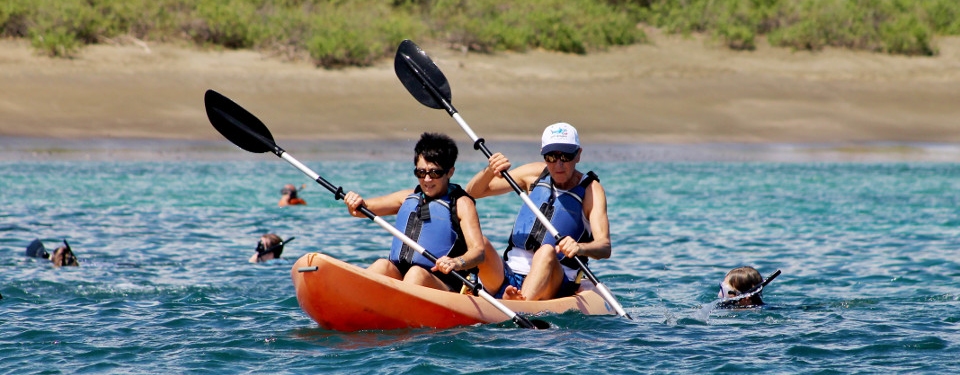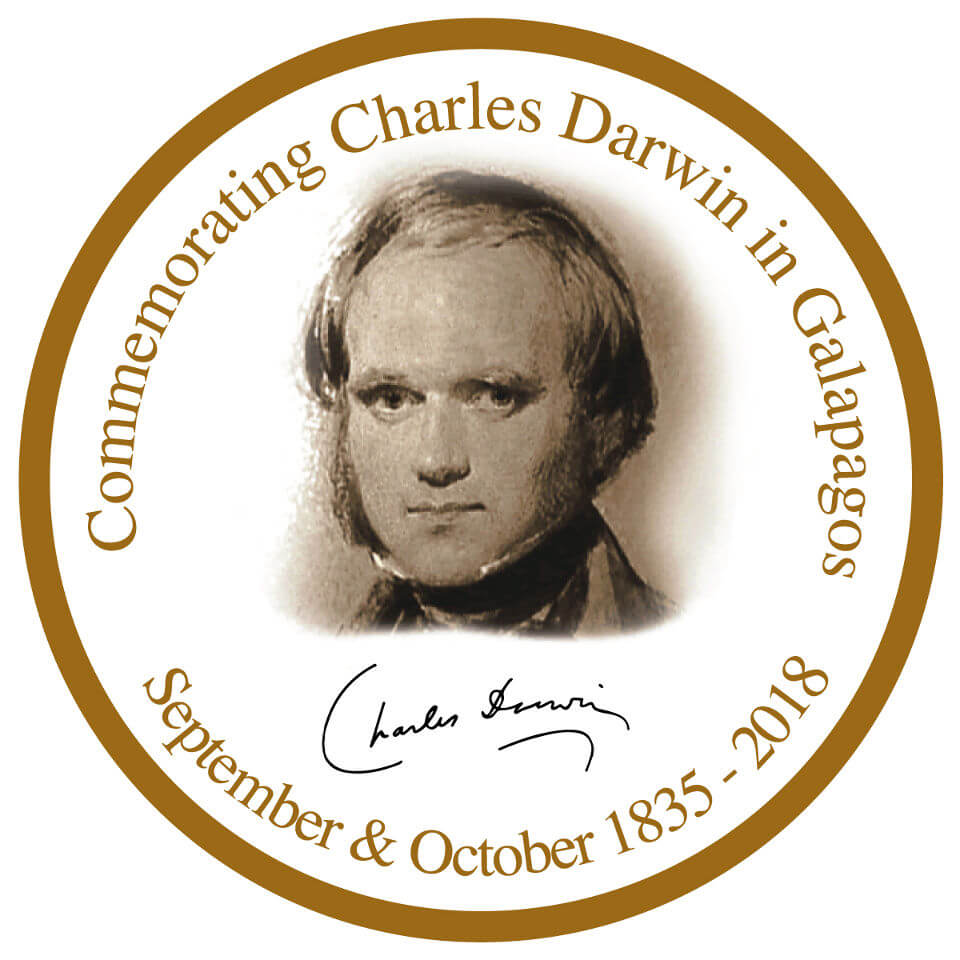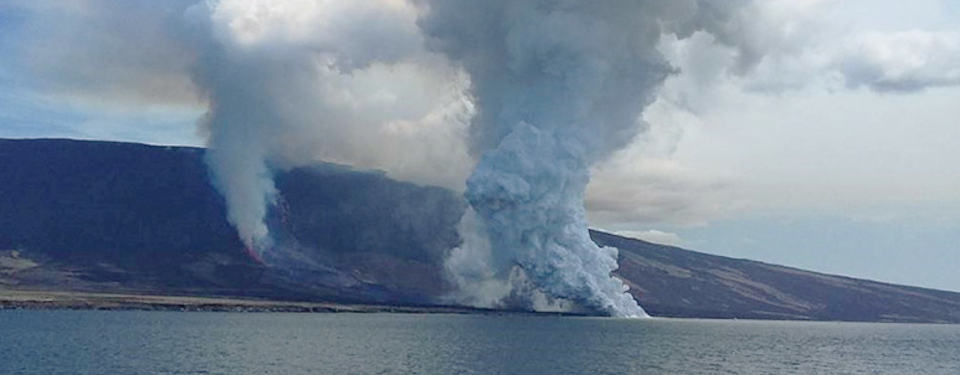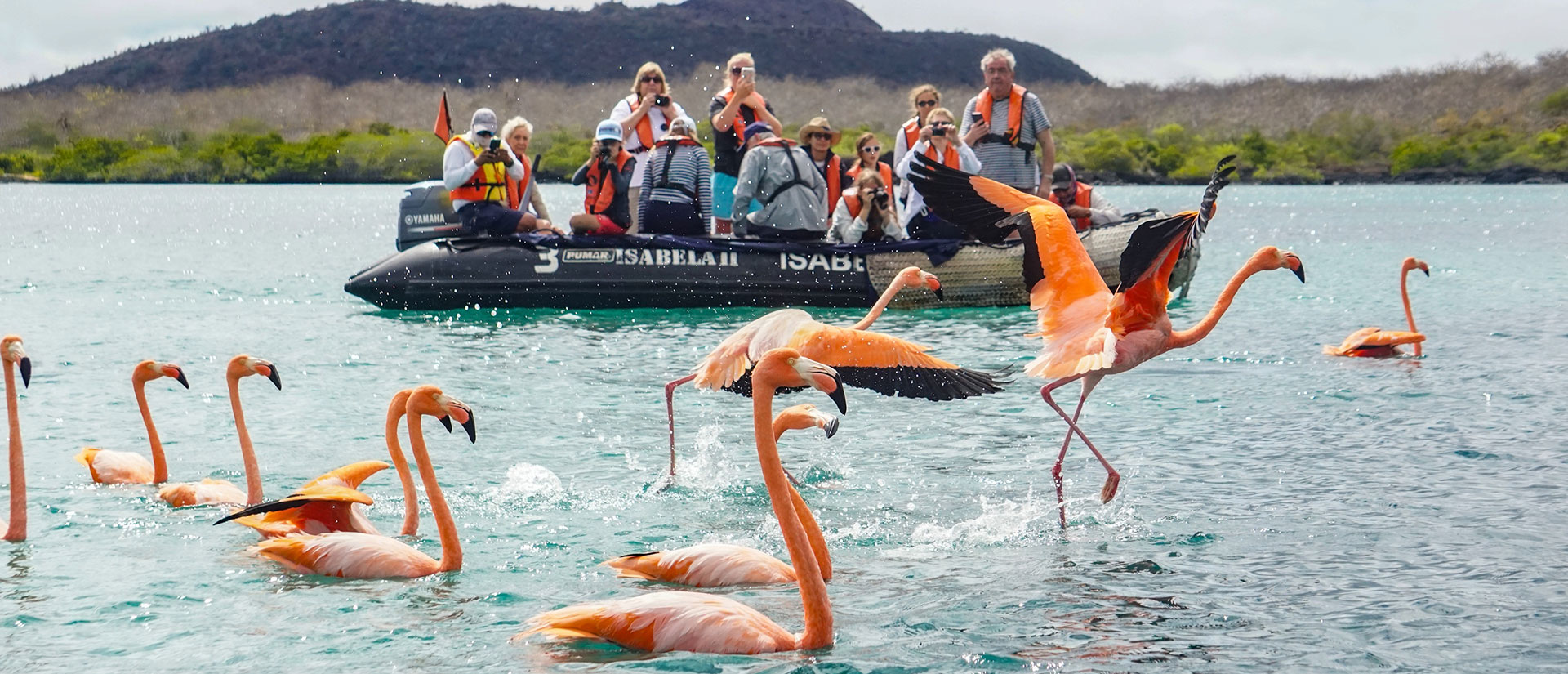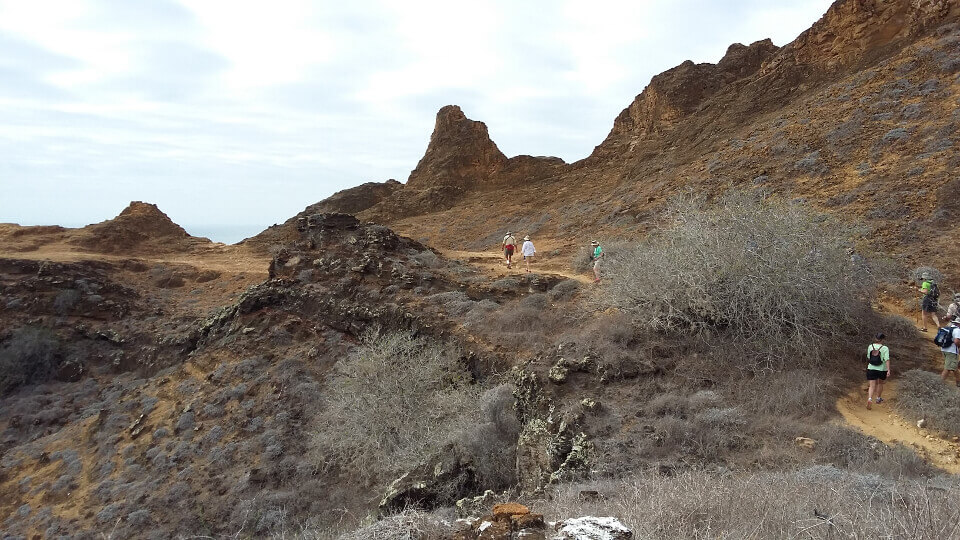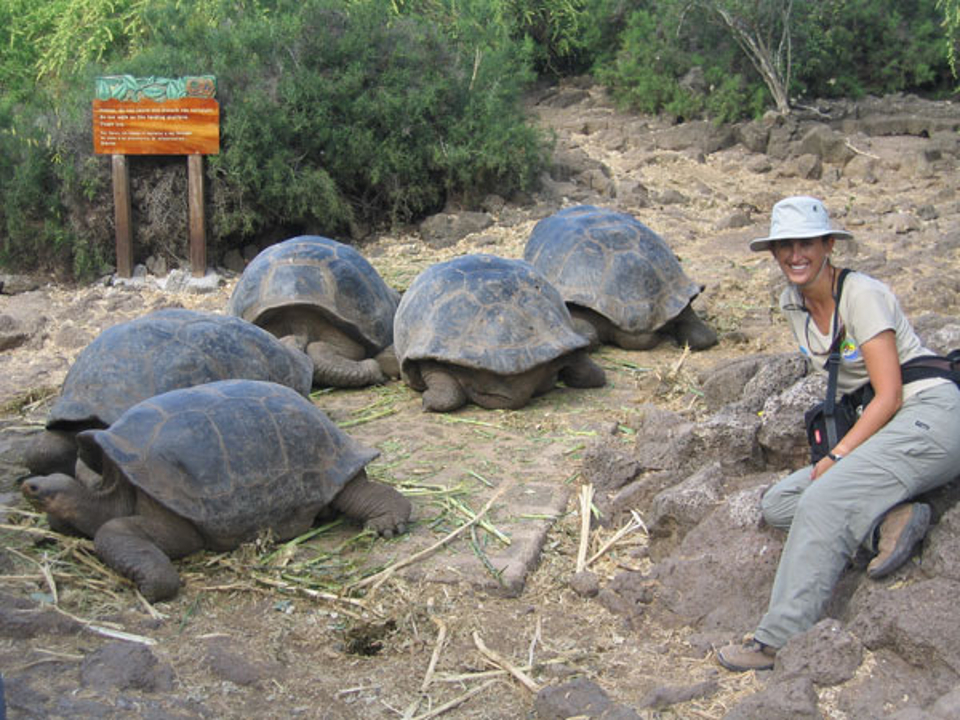
When planning your trip to the Galapagos Islands, you will often see the name Charles Darwin and the Charles Darwin Research Station. Many people know who the famous scientist was and his work on the islands, but many have yet to find out about the activities of the station named after him.
When Charles Darwin published his famous “On the Origin of Species”, in which he established his theory of evolution, he stated that all living things had a common ancestor that evolved into different species during millions of years, according to their specific roles in their environments. When he visited the Galapagos Islands in 1831 he observed key native fauna and flora, which greatly influenced the development of his theory and later inspired the creation of the foundation that carries his name, the Charles Darwin Research Station. Its main office is located in Puerto Ayora, Santa Cruz Island, with an administrative office in Quito.
 hbspt.cta.load(4187609, ’65e84efc-793e-49da-a605-534c5b69ae82′, {});
hbspt.cta.load(4187609, ’65e84efc-793e-49da-a605-534c5b69ae82′, {});
The Station plays an important role in the conservation of the archipelago’s ecosystem and is a must-visit for all island newcomers. Its functions are many and a team of researches and scientists are constantly monitoring the Galapagos Islands. They keep all relevant data up-to-date, and ready to be analyzed and interpreted.
Monitoring invasive species is a big part of the job. Even though some of them were accidentally brought to the islands by visitors, others were brought on purpose from the mainland to be used as food or medicine. The people who introduced these species did not know how detrimental they would be to the local environment, like the guava or the blackberry.
The Station is also in charge of supervising the activity around the islands. For that reason, they work alongside the Galapagos National Park Service. It is important to know the impact visitors have on the islands, keeping in mind tourism is the islands’ main economic activity. This means overseeing the conditions in which the islands are left and how they are visited in order to maintain an equilibrium between the environment and human activities. At the Charles Darwin Station, programs and lectures are offered about sustainability, for both visitors and local inhabitants. Getting everyone on board is key to keeping the island’s ecosystem as safe as possible.
The Galapagos ecosystem lived undisturbed for thousands of years until dramatically disrupted by the arrival of men. This is why conservation of the Galapagos flora and fauna of the islands is one of the pillars of the Charles Darwin Research Station. Their mission is to care for wildlife that has been injured and aid in their rehabilitation before returning them to the wild. For this purpose, they have also developed Breeding Programs in the hopes of increasing some of the most endangered species of the islands, like the Galapagos giant tortoise.
The beautiful marine life if the Galapagos Islands is also under the care of the Charles Darwin Research Station, for which many projects are conducted and about which visitors can learn when visiting their installations. During visits, explanations are given about penguins, flightless cormorants, or the movement of the sharks around the islands of Darwin and Wolf are given during visits.
An entire morning or afternoon is enough to visit the Station. The indoor facilities of the Charles Darwin Research Station are air-conditioned and fully functional for both its resident scientists and visitors. Their gift shop sells from books about the islands’ flora and fauna, to handicrafts made by Galapagos inhabitants and other beautiful souvenirs. And to top off your scientific experience you can also try a locally-grown coffee in the Station’s Café, a total must.
